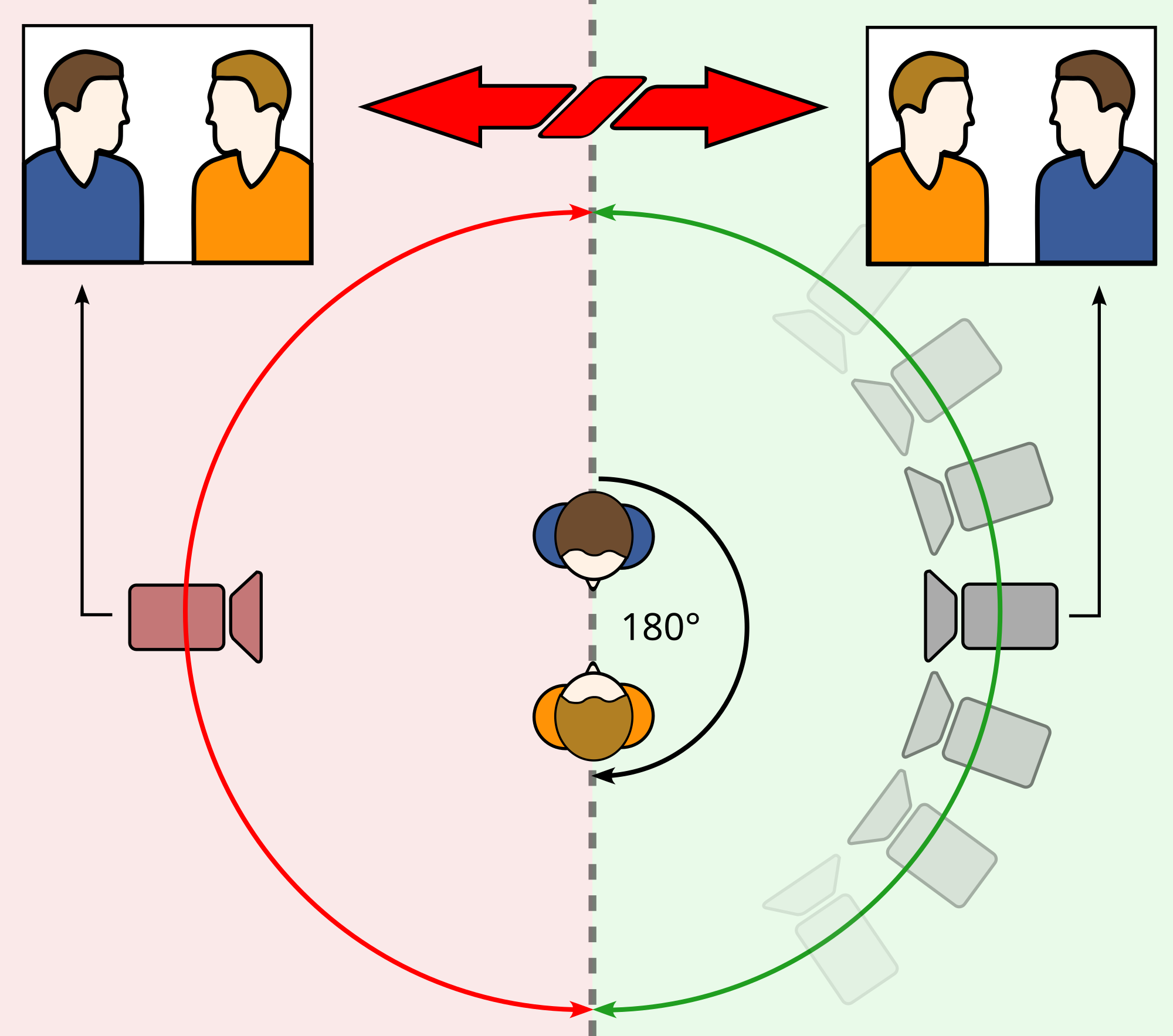Camera angles are very important when its comes to film. Where a camera is positioned and how it is positioned will help create different emotions to be felt by the viewers.
 |
| Establishing shot |
Using establishing shots helps set the scene.Establishing shots are normally exterior,example:landscapes or a building
 |
| Long shot |
 |
| Mid shot |
A long shots shows the whole of the human body,but you can also see surrounding exterior,so you are still able to identify where the person is.
A mid shot usually shows from the waist up.These scenes are usually used for dialogue or to show the audience specific detail.
 |
| Extreme close up |
Close ups concentrates on either a face or a specific part of mise en scéne. The background is usually blurred
 |
| Very extreme close up |
Again similar to close up, but the focus is mainly on one specific detail , like an eye or lips for example.Usually the full face will not be in shot.
























